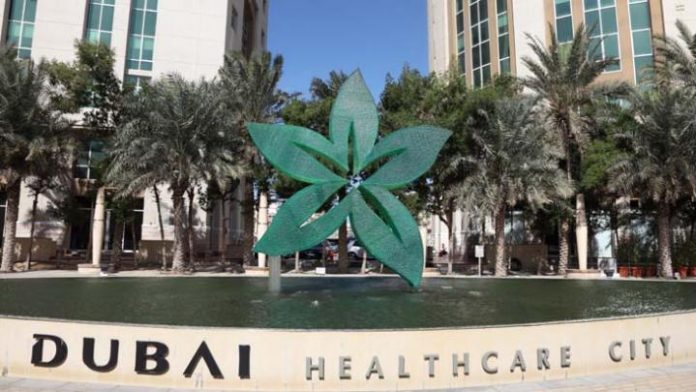Dubai treated 260,000 domestic and inbound medical tourists in the first half of 2015. Within the latest medical tourism figures from the Dubai Health Authority is the admission that the figure regularly stated as medical tourists are not as good as they first look with only 40% being medical tourists from outside the UAE and 60% being domestic medical tourists.
Dubai attracted 260,000 medical tourists in the first half of 2015, up 12% from 2014, producing Dh1 billion in revenue with no 2014 comparison. The DHA expects increases in the third and fourth quarters of 2015 of between 12% and 15%. Dubai has a target of 500,000 medical tourists by 2020.
“40% of medical tourists are from outside the country,” Linda Abdullah Ali, head of the medical tourism office at the DHA, told reporters at the 10th World Health Tourism Congress in Dubai.
Using this basis as a guide the six-month figure should be reduced from 260,000 to 104,000, and actual figures for 2014 and 2013 reduced also.
Dubai aims to achieve its 2020 target by continuing to promote Dubai as a medical tourism destination to neighbouring Gulf Cooperation Council countries, Africa, Asia and the UK, and offering medical tourism packages.
Medical tourism packages were rolled out last year to attract more tourists and residents. For tourists, the packages include hotel stay and flight tickets, and for residents, discounted rates for medical services.
The most popular medical treatments in Dubai include orthopaedics, cosmetic surgery and infertility treatment, with most medical visitors coming from the GCC, the wider Arab world and Asian countries. 44 % are aged 25 to 45 and 10 % are 65 or older.
Dubai has more than 2,700 health care facilities, with more being planned. Dubai Healthcare City is the world’s largest health care free zone, and is expanding to include rehabilitation facilities, retail stores, as well as hospitality and leisure facilities. DHCC is home to more than 130 medical centres.
Critics argue that the high and increasing cost of living is among the reasons that are making Dubai lose out to other places with lower cost of living, such as India and Thailand. The DHA response is that it offers prices for all and capping hospital prices.
Another obstacle stopping more people going to Dubai for medical treatment, are the complex entrance permissions and visas which DHA is trying to resolve but admits there can be issues on visas for patients rom certain countries.
One explanation for why numbers are increasing is that the population, and the international working population of the UAE are both growing rapidly. The population of the UAE is approaching 10 million, with the number having reached 9.3 million at the end of 2014, according to the Ministry of Health.
The UAE population has been steadily growing over the past decade. In 2005, it was 4.149 million and in 2010 it reached 8.442 million, according to the World Bank. The population is expected to continue to grow despite the rising costs of living due to high rents and the removal of subsidies from petrol prices and utility bills.
The UAE relies heavily on foreign workers, who make up 85% of the country’s population. The largest group of non-UAE nationals are South Asians (58%)— from India, Bangladesh, Pakistan and Sri Lanka; followed by other Asians (17%) and Western expatriates (8.5%). Indians represent the single largest expatriate community with 2.6 million, accounting for 30% of the total population, according to the Indian Embassy in Abu Dhabi. Many expatriates are attracted to the UAE because of its relatively liberal lifestyle compared with neighbouring countries, a tax-free salary policy and its position as a safe haven in the region.






 ©2024 All rights reserved LaingBuisson
©2024 All rights reserved LaingBuisson 


